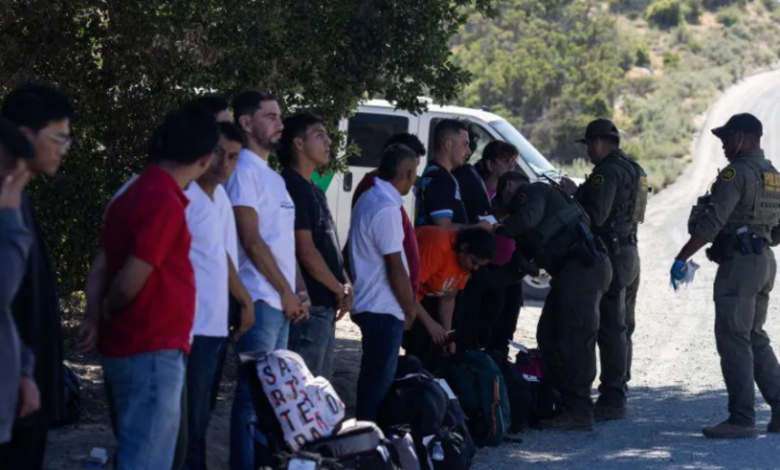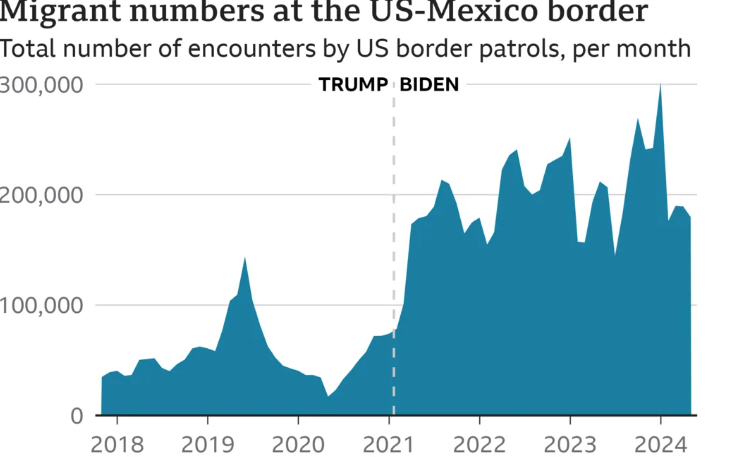White House Poised to Announce Comprehensive Immigration Reform”

- President Biden to issue executive order to curb migrant arrivals at US-Mexico border.
- Order allows swift deportation of migrants entering illegally once daily threshold is met.
- Over 6.4 million migrants stopped at border during Biden's administration, a record high.
- Proposal likely to face legal challenges from immigration advocates or Republican-led states.
President Joe Biden is expected to issue a sweeping new executive order aimed at curbing migrant arrivals at the US-Mexico border as early as Tuesday.
The planned order would allow US officials to swiftly deport migrants who enter the US illegally without processing their asylum requests once a daily threshold is met. This would enable border officials to limit the number of migrant arrivals, according to three unnamed sources briefed on the expected order.

More than 6.4 million migrants have been stopped crossing into the US illegally during Joe Biden’s administration, a record high that has left him politically vulnerable as he campaigns for re-election.
However, migrant arrivals have plummeted this year, although experts believe the trend is not likely to be sustainable. The order would utilize a 1952 law that allows the president to restrict access to the American asylum system if their arrival is “detrimental to the interests” of the country.
Asylum processing at ports of entry is expected to continue under the order, with around 1,500 asylum seekers processed daily at official crossings. The proposal is likely to be challenged in court by immigration advocates or Republican-led states, and Democratic lawmakers have been briefed on the plan.
A White House spokesperson stated that the administration is exploring policy options to address the broken immigration system, and President Biden will not stop fighting to deliver resources to border and immigration personnel.
The announcement comes as numbers of migrant detentions at the US-Mexico border fall, with April seeing a significant decrease in migrant “encounters” compared to December’s historic high.






